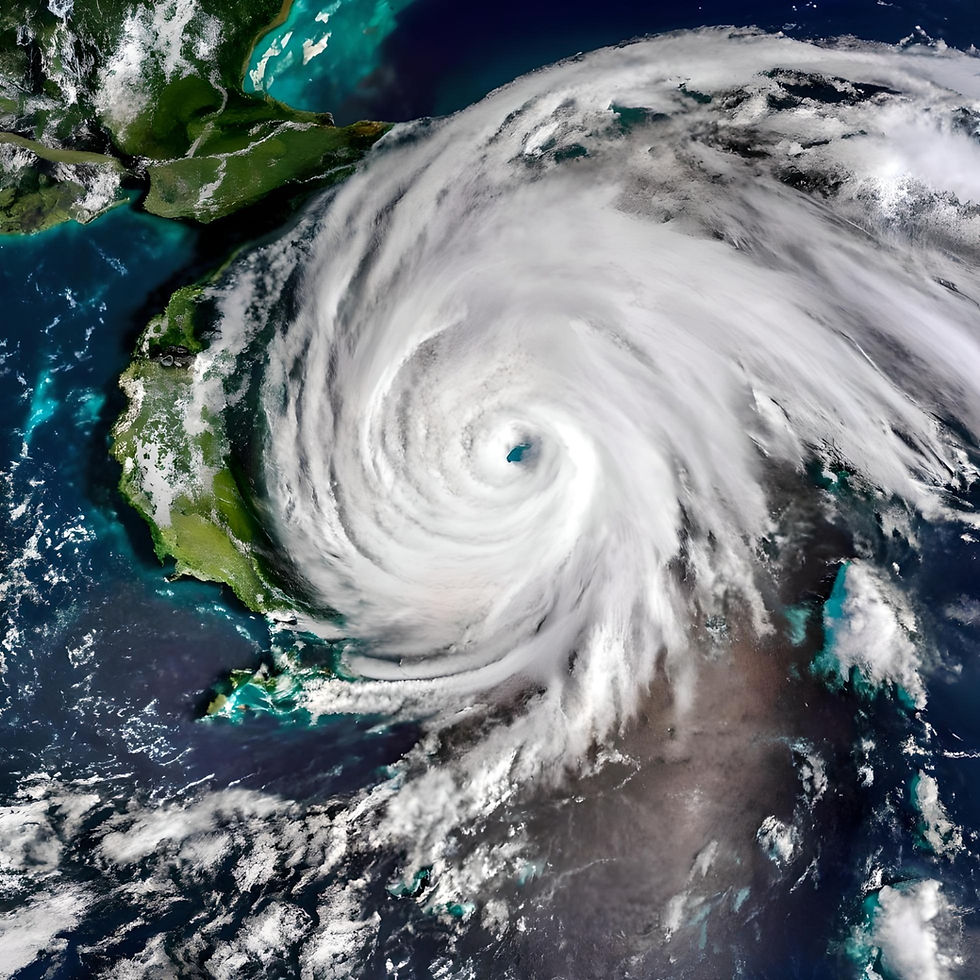High on Solidarity, Low on Ambition: COP27 Outcomes
- Rituraj Phukan
- Nov 30, 2022
- 3 min read

The United Nations Climate Conference (COP27) ended last week with a historic decision to establish a “Loss and Damage Funding” mechanism, but failed to formally raise emission reduction targets. The parties reaffirmed their commitment to limit global temperature rise to 1.5 degrees Celsius above pre-industrial levels but unsuccessful in mobilizing emission reduction commitments needed for the aspirational goal.
On the first day of COP27, parties agreed to add loss and damage funding to the official agenda for the first time, and it was adopted on the last day, marking an important point of progress in the UNFCCC process. The ground-breaking decision to establish new funding arrangements, as well as a dedicated fund, to help vulnerable countries cope with the destructive impacts of climate change was further consolidated with the decision to establish a ‘Transitional Committee to make recommendations on how to operationalize both the new funding arrangements and the fund at COP28 next year.
The Sharm el-Sheikh Implementation Plan also calls for comprehensive operational reforms of multilateral development banks and international financial institutions to make better account for vulnerability and related spending needs; climate risks; and foundational value of mitigation, adaptation, and resilience measures. This is the first formal COP27 outcome agreement to agree to such institutional reformations to value vulnerability, a recognition of the need for climate-aligned debt relief. The parties also agreed on the institutional arrangements to operationalize the Santiago Network for Loss and Damage to catalyze technical assistance to developing countries that are particularly vulnerable.

Image Courtesy: Author
The language of the outcome document does not reflect the urgency of mitigation action and rapid decarbonization of energy systems. The talks failed to expand on last year’s call to phase down global use of “unabated coal” even though India and other countries pushed for inclusion of language that called for the phase out of all fossil fuels, naming coal, oil, and gas explicitly. There was widespread resentment that the goal of developed country parties to mobilize USD 100 billion per year by 2020 has not yet been met, and no progress was made at COP27.
The governments have agreed to finalize the Global Goal on Adaptation at COP28 and inform the first Global Stocktake making significant progress. More than USD 230 million in new pledges were made to the Adaptation Fund and the Egyptian Presidency announced the Sharm el-Sheikh Adaptation Agenda, enhancing resilience for people living in the most climate-vulnerable communities by 2030.
A plan to ensure that everyone on the planet is protected by early warning systems within the next five years was operationalized. The Global Shield Financing Facility was launched to provide funding to countries suffering from climate disasters. Important progress was made on forest protection with the launch of the Forest and Climate Leaders’ Partnership, which aims to unite action by governments, businesses and community leaders to halt forest loss and land degradation by 2030. A five-year work program to promote climate technology solutions in developing countries was also launched.

Image Courtesy: Author
COP27 has brought together indigenous people, local communities, cities and civil society, including youth and children, to showcase how they are addressing climate change and shared how it impacts their lives. Young people were given greater prominence through the first-of-its-kind pavilion for children and youth, as well as the first-ever youth-led Climate Forum. The decisions at Sharm El-Sheikh re-emphasized the critical importance of empowering all stakeholders and will provide the tools required to drive greater and more inclusive climate action at all levels.
About the Author:
Rituraj Phukan is an environmental writer, adventurer & naturalist based out of Assam. He serves as the National Coordinator for Biodiversity, Climate Reality India and is a member of the IUCN.










SUDIRMAN168
SUDIRMAN168
SUDIRMAN168
SUDIRMAN168DAFTAR
SUDIRMAN168LOGIN
SUDIRMAN168ALTERNATIF
SUDIRMAN168TERPERCAYA
SUDIRMAN168MAXWIN
SITUSPILIHANSUDIRMAN168&LAPAKBET777
LAPAKBET777
LAPAKBET777RESMI
LAPAKBET777GACOR
LAPAKBET777DAFTAR
LAPAKBET777LOGIN
LAPAKBET777ALTERNATIF
LAPAKBET777MAXWIN
TERMINAL4D
Daftar Link Dofollow
lapak7d
lapak7d
lapak7d
lapak7d
lapak7d
lapak7d
lapak7d
lapak7d
lapak7d
lapak7d
lapak7d
lapak7d
lapak7d
situs slot demo
slot demo X1000
scatter hitam
slot toto
situs slot online
situs slot online
situs slot online
situs slot
situs slot
situs slot
situs slot
sudirman168
sudirman168
sudirman168
slot gacor
toto singapure
situs toto 4d
toto slot 4d
pg soft mahjong2
mahjong2
pocari4d
pocari4d
pocari4d
pocari4d
pocari4d
pocari4d
pocari4d
terminalbet
terminalbet
data pemilu
utb bandung
universitas lampung
slot bonus new member
ksr88
ksr88
ksr88
ksr88
Slot Dana
situs slot gacor hari ini
terminal4d
terminal4d
terminal4